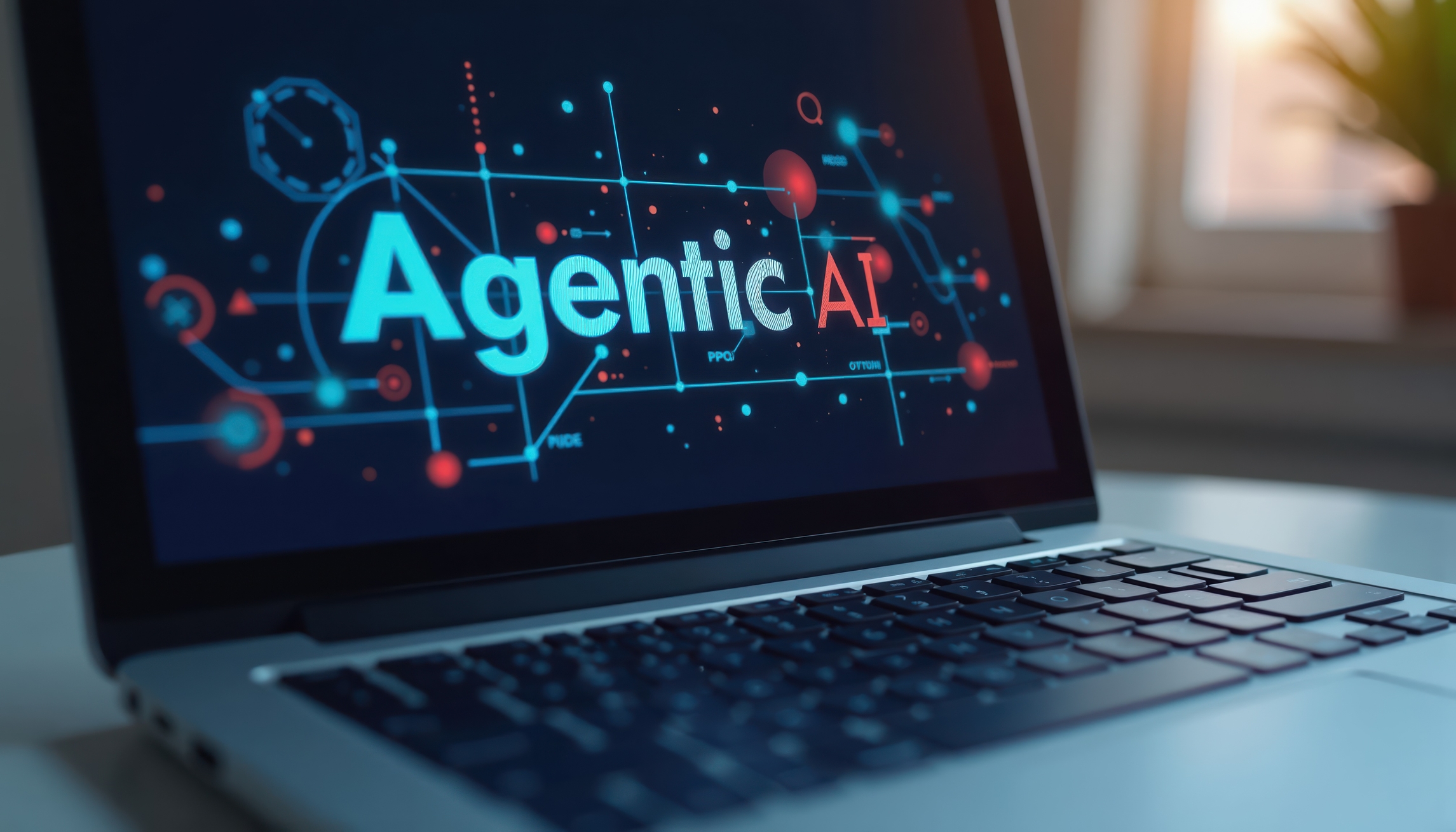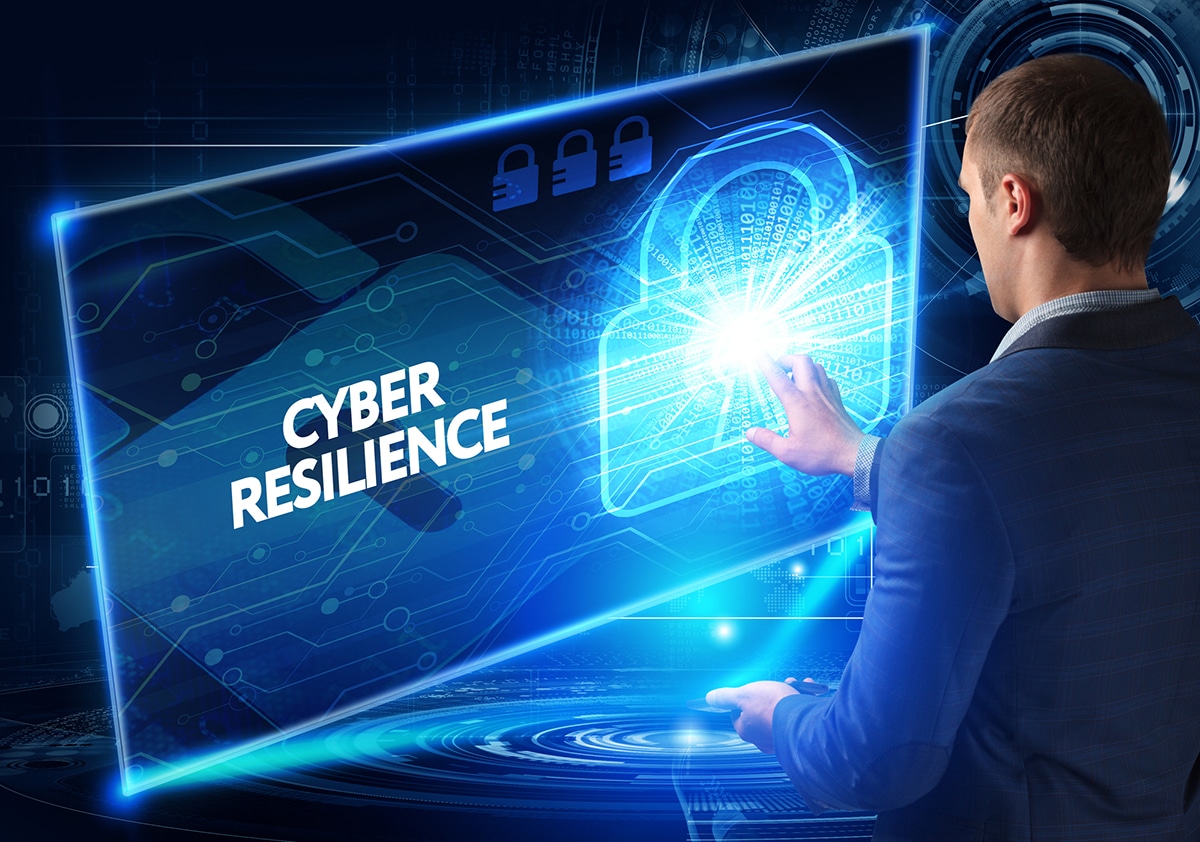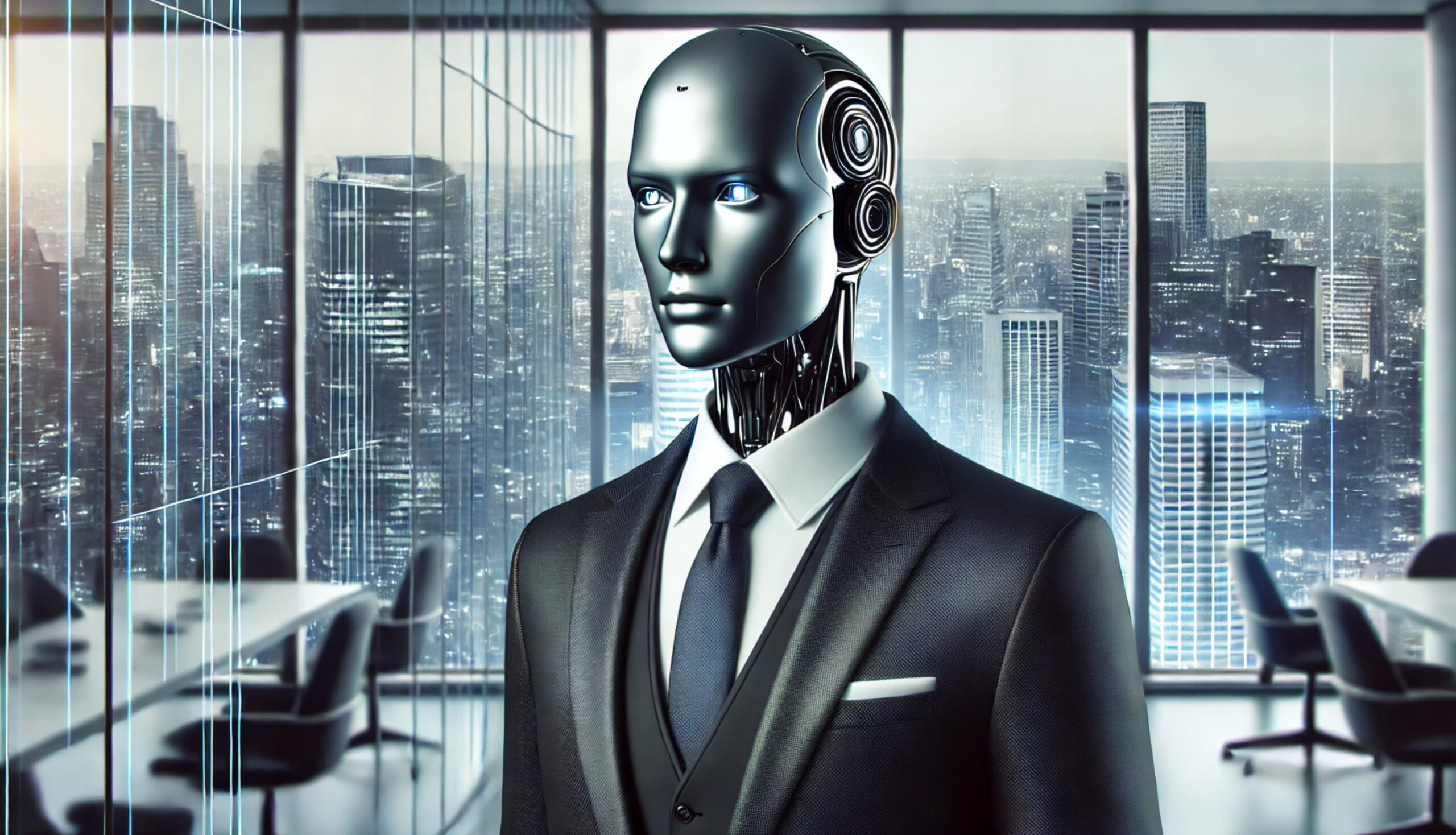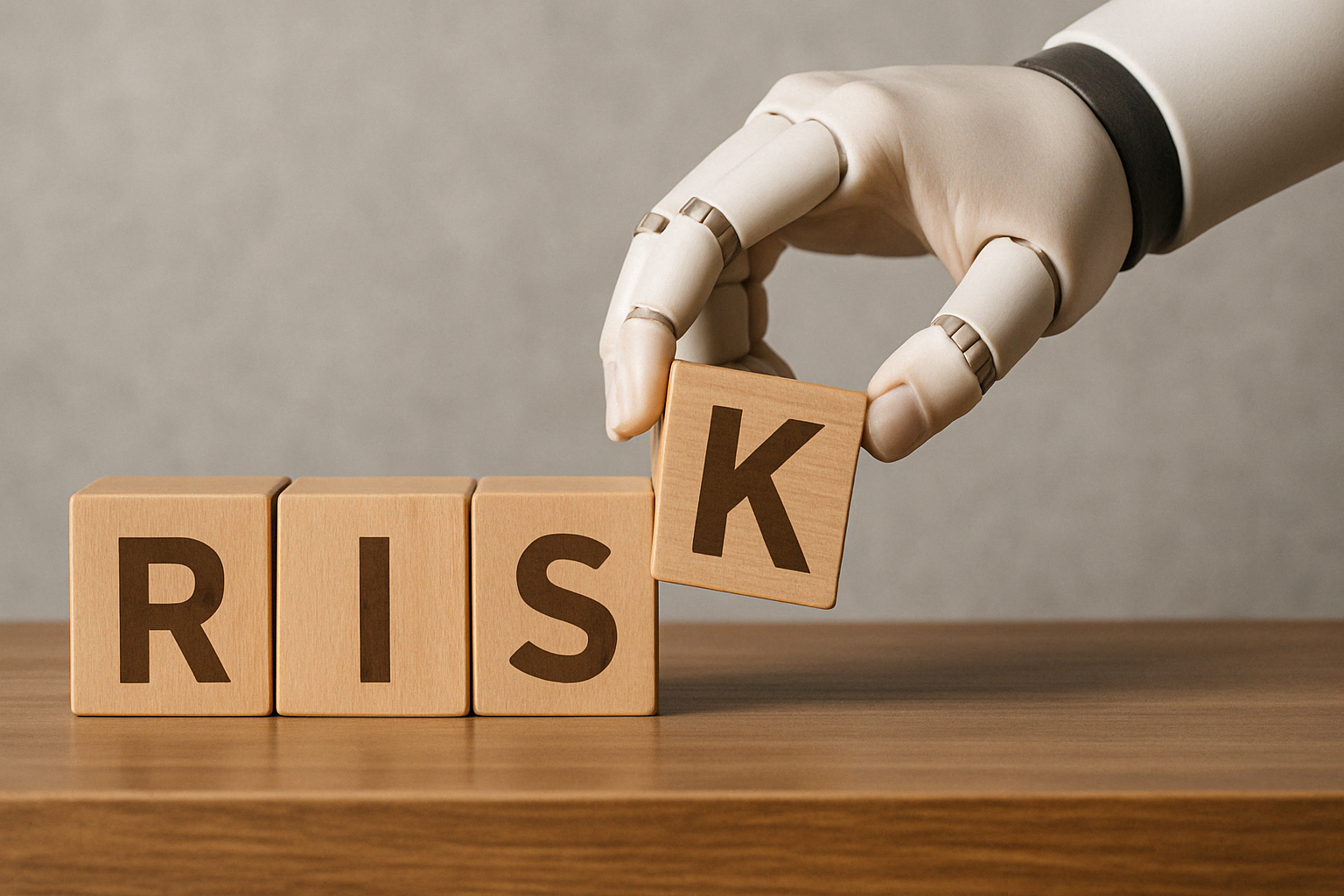
From fixing systems to driving strategy: The new CIO
There is no single path to becoming a successful Chief Information Officer (CIO), but these days, the best ones go beyond technology.
Modern CIOs are not just IT experts, they are strategic leaders shaping their company’s futures. Their role has evolved from managing systems and troubleshooting issues to driving strategy, innovation and leadership.

From cloud rush to cloud strategy: The next wave of migrations
Over the past decade, enterprises have raced to adopt the cloud, often through "lift-and-shift" strategies built for speed rather than optimization. Cloud-first mandates swept across industries, especially in finance, retail, and healthcare, as organizations scrambled to modernize.
These early migrations often preserved legacy inefficiencies, resulting in bloated spend and limited performance gains.

Overcoming the cloud of uncertainty
The cloud industry has evolved significantly over the years, with VMware standing out as a key player in cloud computing, its reputation in the market helped it gain significant market share and facilitated a successful acquisition by tech giant Broadcom in November 2023. It has been over a year since this happened and, as with all acquisitions, it prompted companies to consider how it might impact their requirements.
Broadcom implemented several changes to VMware’s cloud offering, including sunsetting the option to buy perpetual VMware in 2024, terminating OEM agreements and ending support contacts. Most recently it announced its licence changes whereby it is raising the minimum core licensing requirements to 72 cores.

The big value of AI? Stopping humans from becoming confused robots
By now we’ve all been beaten around the head with the message that AI is the new rock star. It writes poems, paints like Picasso, and can probably tell you what you had for breakfast three Tuesdays ago. But really, if all we’re doing with AI is making it admire itself in a digital mirror, we're doing it wrong. AI is capable of all sorts of technological wizardry, but the most important thing it should be doing is keeping us from having a full-blown existential crisis trying to keep up!
These days, change doesn't politely knock -- it barges in like a caffeinated squirrel. A recent Nexthink report found that 94 percent of companies think their survival depends on AI in the next three years. But here's the kicker: less than half (47 percent) of employees have the skills to actually get to grips with AI. For some, it’s going to be like trying to teach a goldfish quantum physics. The divide between where they are now and where they need to be? It's a gap, a chasm, a digital Grand Canyon! But for the brave few who are willing to build a bridge for them, it’s a massive opportunity.

The new path to CTO: When every job is a tech job
I was recently asked what degree is needed to become a CTO, and I realized my answer highlighted a major shift in our work environment. The days of the CTO being solely defined by their technical prowess are over. Today’s CTOs bring expertise from across disciplines. They are big-picture partners, innovators, strategists, and pragmatists who know how to unlock and realize the power of tech for their organizations.
Pearson’s Skills Map US report projects 1.9 million new jobs in technology implementation and maintenance across all industries by 2028 -- and the need for tech fluency extends even further. Technology has become a core competency in nearly every profession, erasing the boundaries between traditional “tech jobs” and the rest of the workforce. Simply put, all jobs are becoming tech jobs.

The new role of behavioral biometrics in fraud prevention
Digital security is undergoing profound transformations catalyzed by the shortcomings of traditional authentication methods. Security strategies often force businesses to choose between robust defenses that frustrate users and seamless experiences that heighten vulnerability. Recently, behavioral biometrics -- using unique users’ digital interaction patterns -- has emerged to offer a compelling resolution to this longstanding challenge by providing continuous, invisible authentication based on unique human behaviors.
Behavioral biometrics can best be understood as digital body language. Like physical mannerisms, such as walking gait or vocal tone, users exhibit distinctive digital behaviors in interacting with their devices -- from typing rhythms and mouse trajectories to touchscreen pressures and even how devices are held. Behavioral biometrics captures and analyses these subtle distinctions to establish a unique digital fingerprint that fraudsters -- and their machinations -- find nearly impossible to replicate. By integrating behavioral biometrics into security and anti-fraud frameworks, organizations can attain a sophisticated balance between strong, proactive fraud postures and the frictionless user experiences that modern consumers expect.

5 reasons your company could be dealing with a data quality issue
Data is a window into understanding not just how your business operates, but how consumers engage with, and select, your solutions. But according to this annual analyst report from Precisely and Drexel University, 67 percent of organizations don’t trust the data they are using for decision making. That means that your organization could also be dealing with unreliable data. When poor data leads to incorrect decisions, it can mean lost opportunities and wasted resources -- which costs your organization money. In uncertain times, a business's livelihood could even be on the line.
Data quality -- especially when it comes to Marketing, Advertising and Sales data -- impacts how teams assess and move forward in the marketplace. These teams lean on datasets to adjust outreach activities and awareness campaigns. The insights used from data are often the underpinning foundation for how a business not just orients itself for short-term quarterly goals, but also how an organization pivots to gain an edge on competition in the long term.

Making AI agents 'smarter' with connected data
The latest buzzy concept in the world of AI is now transcending its initial hype. Advances in Agentic AI are accelerating the development of autonomous business systems, building upon progress in machine learning. Acting as an independent ‘agent’, the technology can make informed decisions based on the multimodal data and algorithms they’re built on and then ‘learn’ from its experiences.
But even more excitingly, Agentic AI aims to execute tasks independently. It’s this ability to adapt, plan, and execute complex tasks without direct human intervention is what differentiates Agentic AI from its predecessors.

Why auto-scaling is key to cost-effective cloud management
Today’s fast-paced digital businesses are dependent on scalable and adaptable public cloud infrastructures to keep up with the growing needs of their customers, with spending on global cloud infrastructure services predicted to increase by 19 percent this year. Faced with the constant challenge of how to optimise their cloud resources to avoid potential performance issues and unnecessary costs, the best prepared organizations must seek out tools to help achieve the most effective cloud management possible.
Auto-scaling is one such tool, designed to automatically adjust public cloud resources depending on real-time demand. It can help businesses keep their applications agile, responsive and available at the right level, so it is well worth considering its benefits.

Not if, but when -- Why every organization needs a cyber resilience strategy
Because of AI, data has become the most valuable competitive asset for organizations regardless of industry. However, cyber-attacks are continuing to escalate, so the need for robust security measures is more important than ever. It is no longer enough to focus solely on prevention, so organizations must shift their mindset and resources toward rapid recovery and resilience.
For years, IT leaders have funneled time and investments into hardening their networks, building firewalls, and implementing the latest access controls to prevent breaches from malicious threat actors. Yet, despite these efforts, the unfortunate reality remains: cyberattacks, particularly ransomware attacks, are no longer a question of "if," but "when."

What is an AI agent and why should you build one?
AI agents are having a moment. From automating customer service to optimizing supply chains, AI agents are constantly promising to transform how organizations operate -- faster, smarter and more efficiently. In fact, recent research from Salesforce shows that 93 percent of IT leaders plan to implement AI agents in the next two years. But what exactly is an AI agent?
An AI agent is a software system that can autonomously perform tasks like answering customer inquiries and translating documents in multiple languages, improving overall efficiency and customer experience. Unlike traditional automation tools that follow static rules, AI agents continuously learn from data and adapt to changing conditions to make decisions on their own, in real time. That’s what makes AI agents powerful and risky.

What does the future of AI-powered software development look like -- and how secure is it?
AI and machine learning tools have had an important role in software development for many years, helping to drive efficiency and automation. The new generation of AI tools has the potential to supercharge this transformation, bringing even greater improvements to efficiency, cost-effectiveness, and innovation cycles.
However, these tools also come with new risks, including security vulnerabilities, governance challenges, and regulatory uncertainty. As with any new technological approach, organizations bringing new AI tools and specifically AI-generated code into their development lifecycles must balance benefits with the potential risks.

Four common AI pitfalls -- and how to avoid them
Artificial intelligence (AI) is transitioning from an emerging technology to a business mainstay. While many businesses are already reaping the benefits of strategic AI implementation, others are adopting AI solutions without first considering how to integrate the tools strategically. While some AI tools offer tangible gains in automation and efficiency, others overpromise and underdeliver, leading to costly investments with little return.
Distinguishing marketing buzz from real-world impact is critical for businesses looking to make AI a true driver of operational success. Despite AI’s potential, many businesses fall into common pitfalls that prevent them from realizing the full value of innovative technology. From unclear objectives to poor integration and security risks, these challenges can turn AI from a competitive advantage into an expensive mistake.

Enhancing data security in an AI-driven era
For many years, the IT community has consistently emphasized the inherent value and significance of data. Data is one of the greatest resources within a business, even referred to as an organization’s crown jewels, and as a result, has become a vital part of business’ security strategies.
However, as the global interconnectivity of technology continues to grow, securing data and its integrity has become one of the most complex parts of cybersecurity. The driving factor behind this increasing complexity is the broadening use of generative AI (GenAI) and large language models (LLMs), for which training data has largely become the world’s publicly available data.

Beyond words: What AI is really learning -- and what it knows that we never taught it
Imagine you had to finish every sentence in every book ever written -- with just your best guess of the next word. That’s how large language models (LLMs) like GPT-4 start learning.
LLMs use self-supervised learning, meaning they don’t need someone to label or explain the data to them. Instead, they learn by reading vast amounts of text from books, code, academic papers, Wikipedia (and its 57 million+ articles), Reddit forums, and news articles, in addition to billions of others, and then predicting what word comes next in a sentence -- over and over again.

